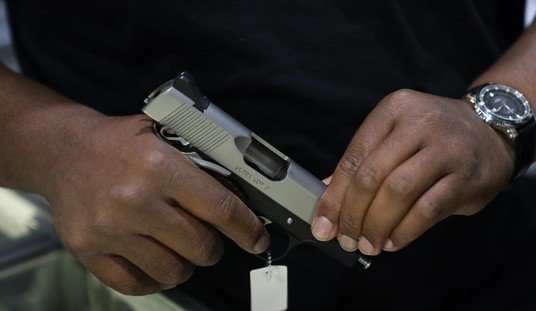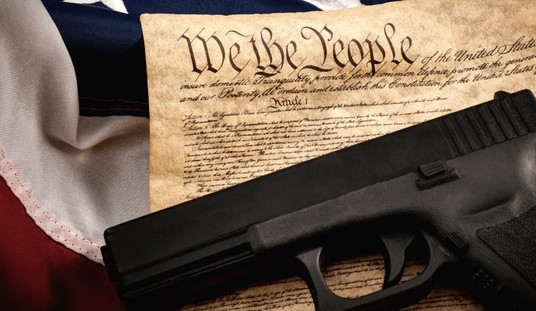With the announcement of new gun control executive orders by President Joe Biden, social media went nuts. People on both sides of the issue went off, some with little understanding of the orders, history, or much of anything else.
For some, though, the orders were welcome news. Much of their defense revolved around two words from the Second Amendment. In particular, the words “well regulated.”
Mostly, their arguments were: “Hur dur, it says ‘well regulated’ so that means gun control is completely cool.”
Yes, yes, it does say that, but I’m sure the amendment finishes with, “the people’s right to keep and bear arms shall not be infringed” because the Founding Fathers were absolutely and totally cool with restraining gun rights. I mean “shall not be infringed” practically begs for gun control, doesn’t it?
But there is still a problem, and that’s how few people really understand what the term “well regulated” means.
More specifically, what it meant when the Second Amendment was written.
See, language can drift a bit over time. Phrases that meant one thing at one time can mean something different later on. Think of the term “literally.” It wasn’t all that long ago when the word meant that if someone said something was literal, it meant it happened just like they said. Now, it can be used to also mean figuratively. In other words, the term is meaningless, but that’s a horse to bludgeon for another day.
Yet that’s kind of what happened with “well regulated.”
So what does it mean today? Well, let’s let the experts describe it.
What did it mean to be well regulated?
One of the biggest challenges in interpreting a centuries-old document is that the meanings of words change or diverge.
“Well-regulated in the 18th century tended to be something like well-organized, well-armed, well-disciplined,” says Rakove. “It didn’t mean ‘regulation’ in the sense that we use it now, in that it’s not about the regulatory state. There’s been nuance there. It means the militia was in an effective shape to fight.”In other words, it didn’t mean the state was controlling the militia in a certain way, but rather that the militia was prepared to do its duty.
In other words, it meant a properly functioning militia.
See, our Founding Fathers were concerned about standing armies. In their day, armies were used just as often to oppress the people as they were used to defend those same people. They didn’t like the idea of standing armies because they didn’t want to make it easier for future leaders to turn it against the American people.
So, they wanted a militia instead. They wanted every able-bodied man to be able to be called up and ready to serve at a moment’s notice. To that end, they needed to make sure those people could do just that, so they wrote the Second Amendment to protect their right to keep and bear arms.
Of course, some will argue the National Guard took over that role, but not quite. See, the Militia Act of 1903 which established the National Guard also mentions the “unorganized militia.” That consisted of all able-bodied men between the ages of 17 and 45.
The National Guard didn’t replace the militia, it simply stood as a bridge between the standing military and the unorganized militia.
Truth be told, if people were to really take the “well regulated” part of the Second Amendment to heart, they wouldn’t be calling for gun control. They’d be calling for military-style combat training for the average citizen and a loosening of gun control so the unorganized militia could have the firepower needed to help repulse an attack.
Somehow, I don’t see that happening. Still, it’s important to understand the term. It’s just too bad that some people aren’t interested in listening.








